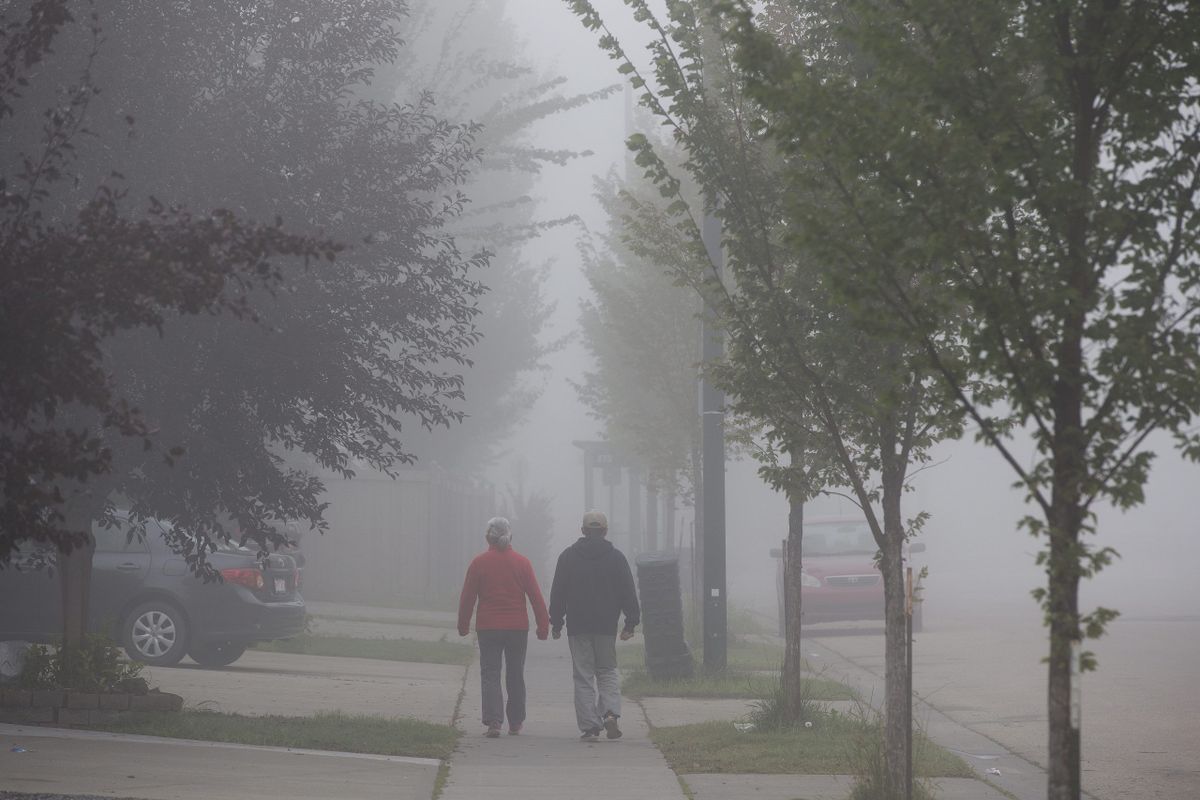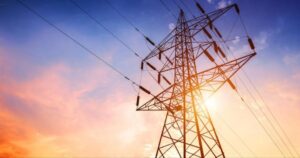
A difficult end to the 2023 wildfire season is leading way to a challenging 2024 wildfire season and experts are seeing even more overnight fire events than ever.
Researchers at Natural Resources Canada are looking at daytime drought indicators more often to help predict whether an overnight fire event will occur, said a research scientist with the Northern Forest Centre in Edmonton. According to a new study by wildfire researchers, drought is the main contributor to overnight fires that are becoming larger and more frequent.
Postmedia spoke to Xianli Wang, a research scientist with Natural Resources Canada in Edmonton and one of the authors of the North America-wide study. He said their research can help fire management control overnight fires that are farther away from resources and help bridge the accessibility gap.
Here’s a breakdown of what causes overnight fires, the research and predictors.
Warmer temperatures and lack of rain reprieve the source of overnight fires
Wang said typically, active fires that burn during the day were quiet during the night when the temperature is lower and humidity is higher, which provides a break for firefighters. Fires were also not expected to progress and required less monitoring at night.
A predicted early 2024 wildfire season is bringing with it challenges from last year, which was heavily rooted in drought and little snowpack. However, in recent years overnight fires have become more frequent.
From 2017 to 2020 at least 99 per cent of overnight burning events were associated with large fires, classified as more than 1,000 hectares. Wang said at least one overnight fire was identified in 20 per cent of these large fires, indicating that more overnight burnings are correlated with a high number of burned areas.
“We found drought was the strongest influence to the occurrence of nighttime burning. We also found that the fires with overnight burning, about one-third start burning the day that fire ignited. So eventually they became big fires and about half start burning overnight within two days,” Wang said.
“It is quite often you see overnight burning at the beginning of the fire. So that will leave little time for our firefighting interventions.”
In 2023 there were 2.2 million hectares burned with 80 per cent of the area burned was caused by lightning while the other 20 per cent were human-caused fires — often accidental, Wang said.
Lightning-caused fires typically occur in remote areas far from firefighting management. Wang said accessibility is a problem and it is easy for fires that are more out of reach of fire management to go “beyond control” and become overnight fires.
According to the study, researchers observed an increase in fire weather conditions conducive to overnight fires in recent decades, suggesting an accelerated disruption to the active daytime fire cycle.
Wang said their research examined the active daytime cycle of 23,557 fires and identified 1,095 overnight burning events in North America from 2017 to 2020. Through their research, they found that daytime drought indicators can predict whether an overnight fire will occur during the night, which in turn could facilitate early detection and management of night-time fires.
By using daytime local fire weather conditions, experts can predict whether or not an overnight fire could occur, which allows firefighters to make appropriate arrangements in the evening. While the research has yet to be implemented, Wang said this could help manage a challenging wildfire season.
“This is something we are so excited about. We were talking to a few of those fire management experts within our system, they were saying this is going to be helpful to the management eventually,” Wang said.






